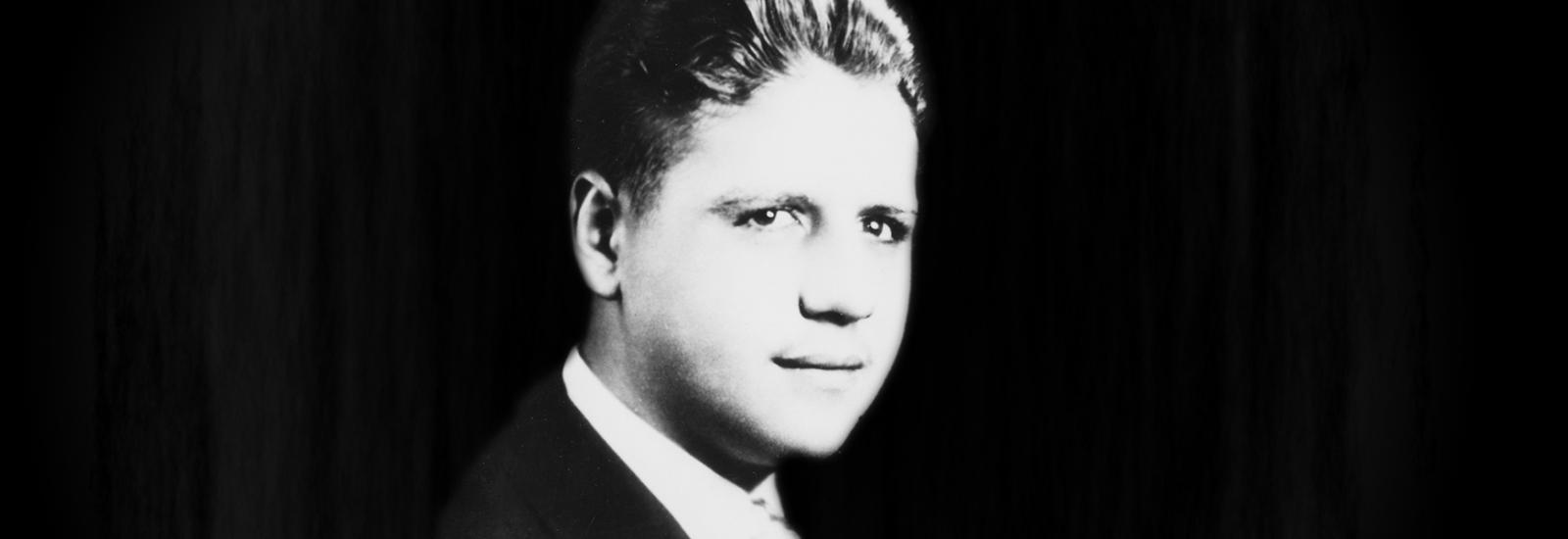— HISTORY CORNER —
How Did an Author Use the Polar Archives in Ohio to Write about an Antarctic Stowaway?
A few months after I began to research The Stowaway, my narrative non-fiction book about the teen stowaway on Byrd’s first expedition, I thought I had enough material to write my book. In March of 2013, I had stumbled upon the story while researching the history of St. Stanislaus Church in the Lower East Side of Manhattan, which is the first Polish Catholic church in all five boroughs of the Big Apple. The stowaway, William “Billy” Gawronski, and his family were parishioners there, and I located the records of Billy’s celebration by the church.
After an initial round of dogged research, I had miraculously located the widow of the man who, through his own determination, had become the youngest member of Byrd’s first Antarctic expedition. Through this living widow, I discovered newspaper clippings not even available in the New York Public Library. In another incredible stroke of luck, I then found his supposedly dead son by his first marriage was in fact alive, living in a maximum-security prison. After begging the Florida authorities, I managed to visit him and had an even more nuanced take on my protagonist. I even visited the Ross Sea of Antarctica myself! What else did I need?
However, Googling Byrd one day, I learned that Byrd’s archives were held in Columbus, Ohio, in a special collection housed at The Ohio State University Archives.
Ohio? What were America’s best polar exploration archives doing there?
Just like native New Yorker Billy Gawronski back in 1928, I do not drive. How expensive was this diversion going to be, and for what, exactly? I was, however, pleased to find I could walk a few blocks from my house in Manhattan’s East Side to Chinatown where I could take a $60 trip from New York City to Columbus. Okay, maybe at that rate I could pay due diligence and check it out.
After a (grueling) 13-hour ride in the bus, I was picked up by my Manhattan elementary school friend Jonathan Sherman, a film professor at Kenyon College, who also had a spare room in which I could crash. Uber did not exist in 2013, so Jon chivalrously drove me over to the archives where I met Laura Kissel, the Polar Curator. I thought I might look over stuff, I said. She laughed and took Jon and me into the closed stacks – and showed us a secret world with an archival collection so large that Laura had to drive a forklift to retrieve the materials!
I was overwhelmed. With only two days scheduled for Ohio, I narrowed my search. I asked Laura’s assistants for about ten boxes, including the files on the men, and applicant letters, including a file of women. I asked for ads and scrapbooks. For fun, Laura wheeled out Byrd’s coat and boots.
See an interview with Laurie Gwen Shapiro from her autumn 2018 visit to the Byrd Center.
I was able to glean so much for the experience – and discovered letters between Richard Byrd and Billy that informed their relationship, including his letters of reference to get the rapscallion into Columbia University. There were also letters between Byrd and Billy’s immigrant mother Francesca that may be one of the most entertaining exchanges in Antarctica history.
I used all of these materials to add detail, authenticity and flavor to my story including where members were from, their exact ages and ethnicities. Thanks to Byrd’s records, I even knew where they had scars, and who was their next of kin.
But in one extraordinary moment I found the answer to a mystery that had bothered not only myself, but also Billy Gawronski and his widow Gizela. Why was William Gawronski not asked back for Byrd’s second expedition? He was well liked, had received a silver medal of honor, and post-trip had been loyal to the Admiral, doing a free radio and lecture “Stowaway” tour to help promote the connected documentary. One million viewers tuned into WOR radio for his 1929 “Stowaway Report” Byrd had arranged for him, while the other members of the crew were wintering over. Back in the Ross Sea, he bravely dove in the icy water to help rescue his fellow crewmen who were in peril.
In the files of the Byrd Archives at Ohio State, I found my answer.
In one of the many letter exchanges between Billy’s polish mother and Admiral Richard Byrd, Francesca Gawronski begged Byrd not to take her only son a second time. And a man of his word, he secretly promised he would not take him along even if he stowed away.
I called his widow from Ohio and she marveled and wished like I did, we could tell him the truth. A meddling mom in action! Nevertheless, I was able to use this as part of my story as I continued my own journey to publication.

